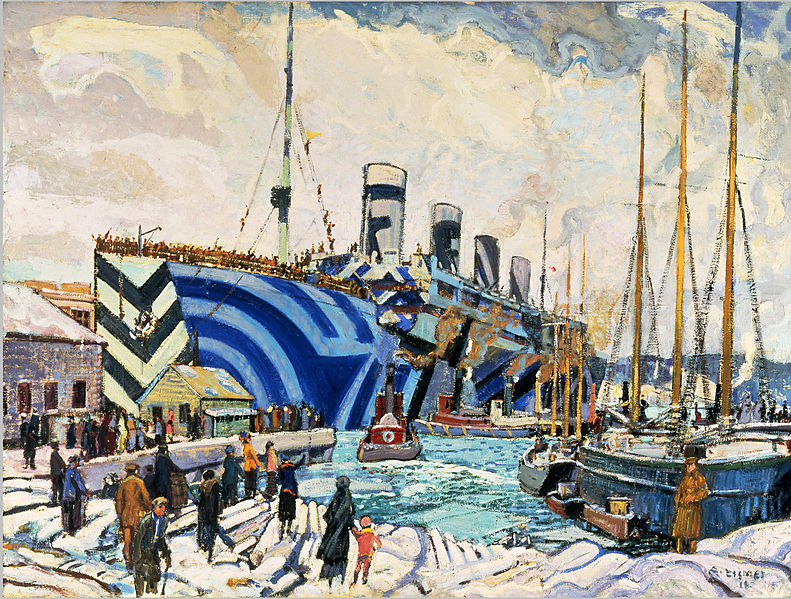At The Federalist, Sean Davis explains why throwing more taxpayer money at Amtrak isn’t going to do much good:
“Amtrak doesn’t get enough government money,” is the kind of thing someone says when that person doesn’t understand anything about Amtrak, or government, or money.
Created by Congress in 1970, Amtrak was meant to replace the private rail companies that, according to Amtrak, “had operated services at a net loss of millions of dollars for many years.” Net losses of millions of dollars, you say? According to its unaudited financial statements, Amtrak lost over a billion dollars in 2014, the last year for which annual revenue and expense data are available.
Amtrak lost nearly $1.3 billion in 2013. Since its creation, Amtrak has racked up over $31 billion in accumulated losses. And every penny of those losses has been covered by federal taxpayers.
Amtrak has a lot of problems. A lack of taxpayer generosity is not one of them, not even close. The key to fixing Amtrak, to making it function as a “for-profit corporation,” which is how the Federal Railroad Administration, Amtrak’s overseer, officially describes the passenger rail organization, is not increasing the volume of federal cash it sucks up every year. The solution is not to reform this and that to make the government-owned company work better or more efficiently. And selling off its assets to the highest bidder won’t fix Amtrak, either.
No, the key to fixing Amtrak is to just give it away. Hand over the entire enterprise to whichever rail company wants it. “But that’s crazy!” you might say. “Giving it away for free makes no cents!”




